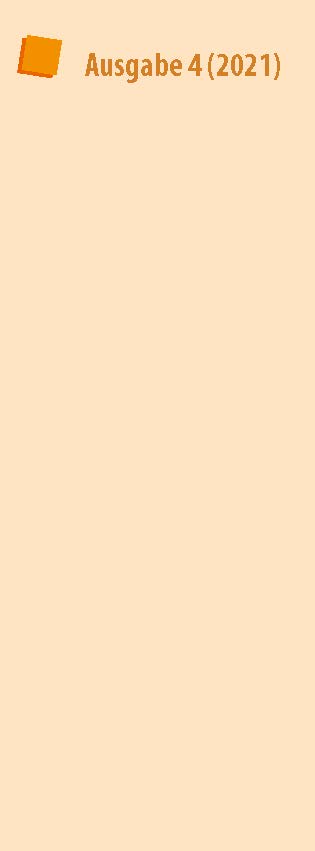Exploring One’s Own Digital Writing
Ein sprachwissenschaftliches Seminarkonzept zur Produktion, Analyse und Reflexion eigener digitaler Schreibpraktiken für angehende Deutschlehrkräfte
DOI:
https://doi.org/10.11576/hlz-4343Keywords:
research-based teaching, teacher education, digital data, digital writing practices, empirical linguistics, autoethnographyAbstract
What do prospective German teachers think about digital interactions and how do they convey this to their students in German lessons? The research-based teaching project “Grammar and School in the Digital Age” focuses on the students’ linguistic and autoethnographic examination of their own digital writing practices and the language ideologies associated with them. This paper presents the structure and content of the seminar and shows how students become both researchers and research participants by exploring their own data. The seminar is structured through subsequent blocks: 1. theoretical foundations; 2. empirical exploration of the students’ own digital writing practices; 3. development of a teaching concept. Empirical work on their own digital data (Block 2) fosters the students’ acquisition or enhancement of metalinguistic competencies and metapragmatic awareness. Reflection on and practical testing of transfer potentials for teaching German are modelled through the design of a teaching concept (Block 3). In addition to its linguistic dimension, the seminar is designed as an Open Science project: All seminar materials are publicly accessible as Open Educational Resources and the participants have the possibility to publish their results in Open Access.
Downloads
Published
How to Cite
Issue
Section
License
Copyright (c) 2021 Naomi Truan, Dennis Dressel

This work is licensed under a Creative Commons Attribution-ShareAlike 4.0 International License.
Sämtliche Inhalte der HLZ werden freigegeben unter der Creative-Commons-Lizenz Namensnennung, Weitergabe unter gleichen Bedingungen, Version 4.0 International (CC BY-SA 4.0). Die Urheber_innen und die Rechteinhaber_innen der in der HLZ veröffentlichten Beiträge gewähren grundsätzlich allen Nutzer_innen unwiderruflich das freie, weltweite Zugangsrecht zu diesen Veröffentlichungen. Unter der Bedingung, dass Autor_innen und Herausgeber_innen gemäß der Zitationshinweise sowie die Lizenz als »Lizenz: CC BY-SA 4.0« einschließlich der untenstehenden Lizenz-URL genannt werden, dürfen die Beiträge der HLZ vervielfältigt, weitergereicht und auf beliebige Weise genutzt werden, auch kommerziell und ebenso online wie in gedruckter oder anderer Form. Auch die Bearbeitung ist erlaubt unter der zusätzlichen Bedingung, dass das neu entstandene Werk als Bearbeitung gekennzeichnet wird und im Falle einer Veröffentlichung unter derselben Lizenz wie in der HLZ freigegeben wird.





